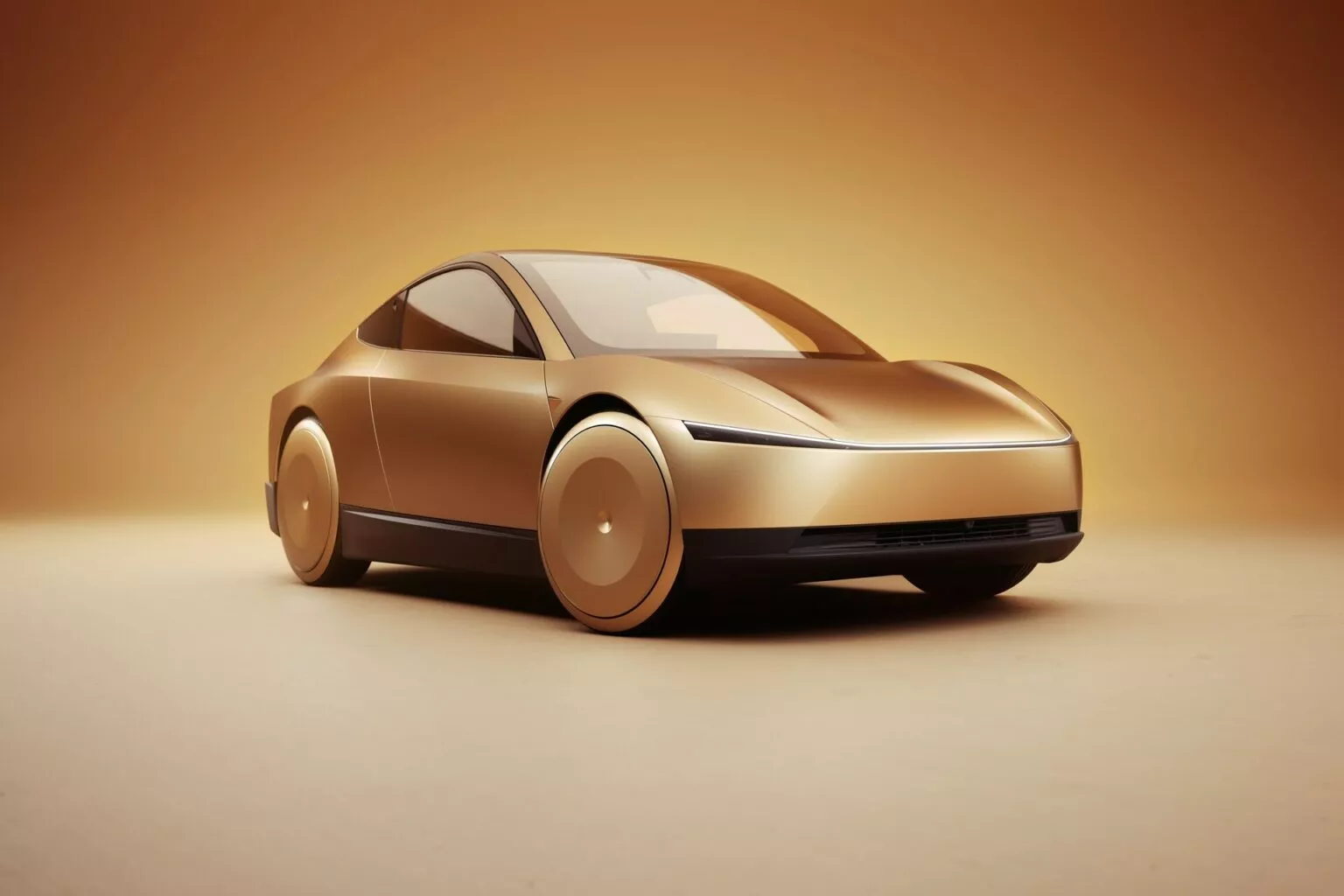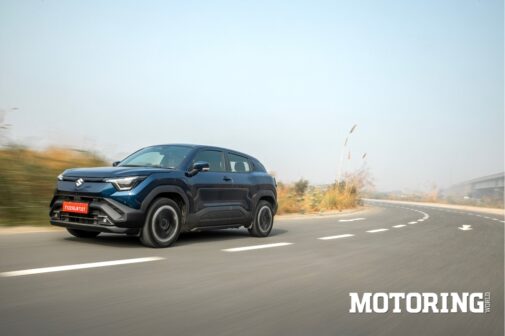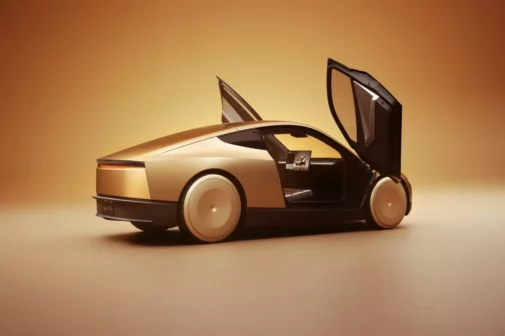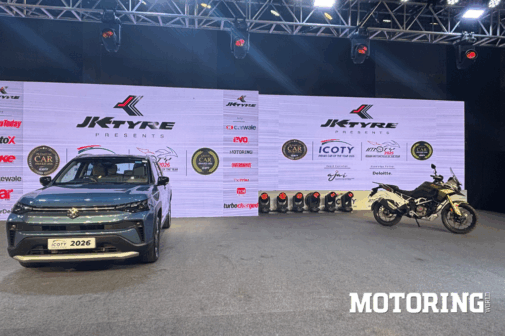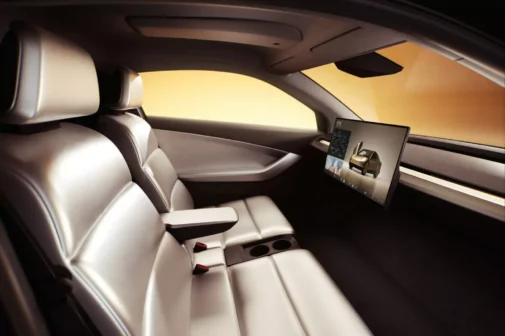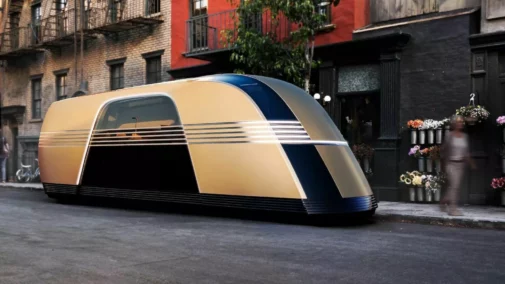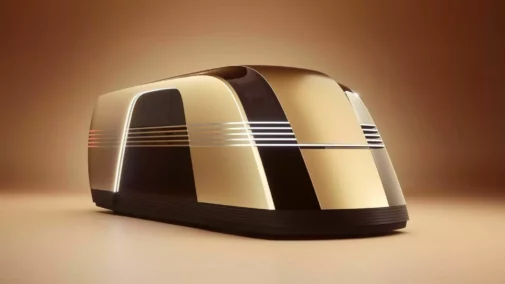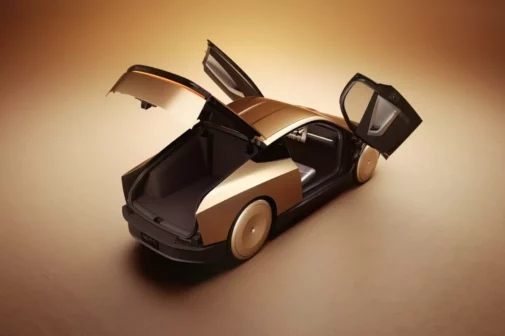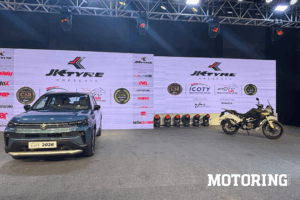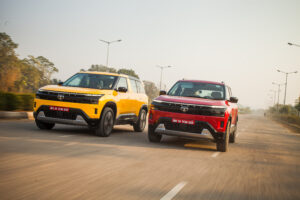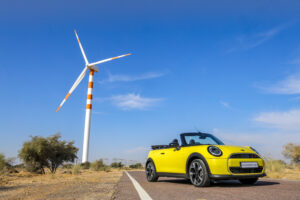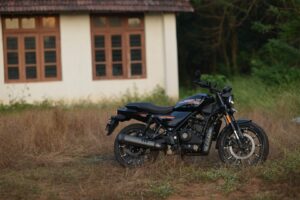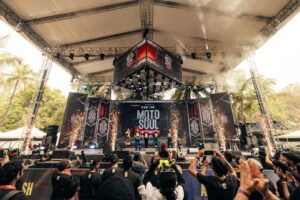Tesla has recently showcased its latest advancements in autonomous driving technology with the unveiling of the Robotaxi and Robovan. These driverless vehicles represent a significant step forward in the development of self-driving cars.
The Robotaxi, designed for passenger transportation, features a spacious interior and advanced sensors to navigate complex urban environments.
The Robovan, on the other hand, while also ferrying people will be optimized for cargo delivery and logistics. Both vehicles are equipped with Tesla’s Full Self-Driving (FSD) capabilities, allowing them to operate without human intervention.
Tesla’s FSD system relies on a combination of cameras, radar, and ultrasonic sensors to perceive the environment and make decisions. The system is constantly being updated and improved through over-the-air software updates, ensuring that Tesla vehicles remain at the forefront of autonomous driving technology.
While the Robotaxi and Robovan are still in development, their unveiling marks a significant milestone in Tesla’s journey towards fully autonomous vehicles. These vehicles have the potential to revolutionize transportation, reducing traffic congestion and improving safety.
It’s important to note that fully autonomous driving technology is still evolving, and there are challenges to be overcome. Real-world testing in diverse conditions is crucial to ensure the safety and reliability of these vehicles.
If Tesla truly wants to test the limits of its autonomous driving technology, India would be an ideal location. With its diverse road conditions, heavy traffic, and varying weather conditions, India presents a challenging yet valuable testing ground for self-driving vehicles. They could definitely learn a thing or two from our OLA and Uber drivers and not to forget our rickshaw drivers





